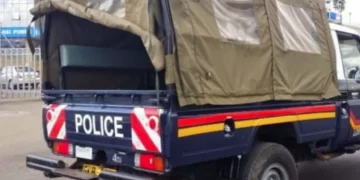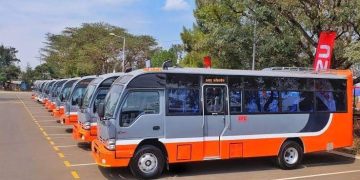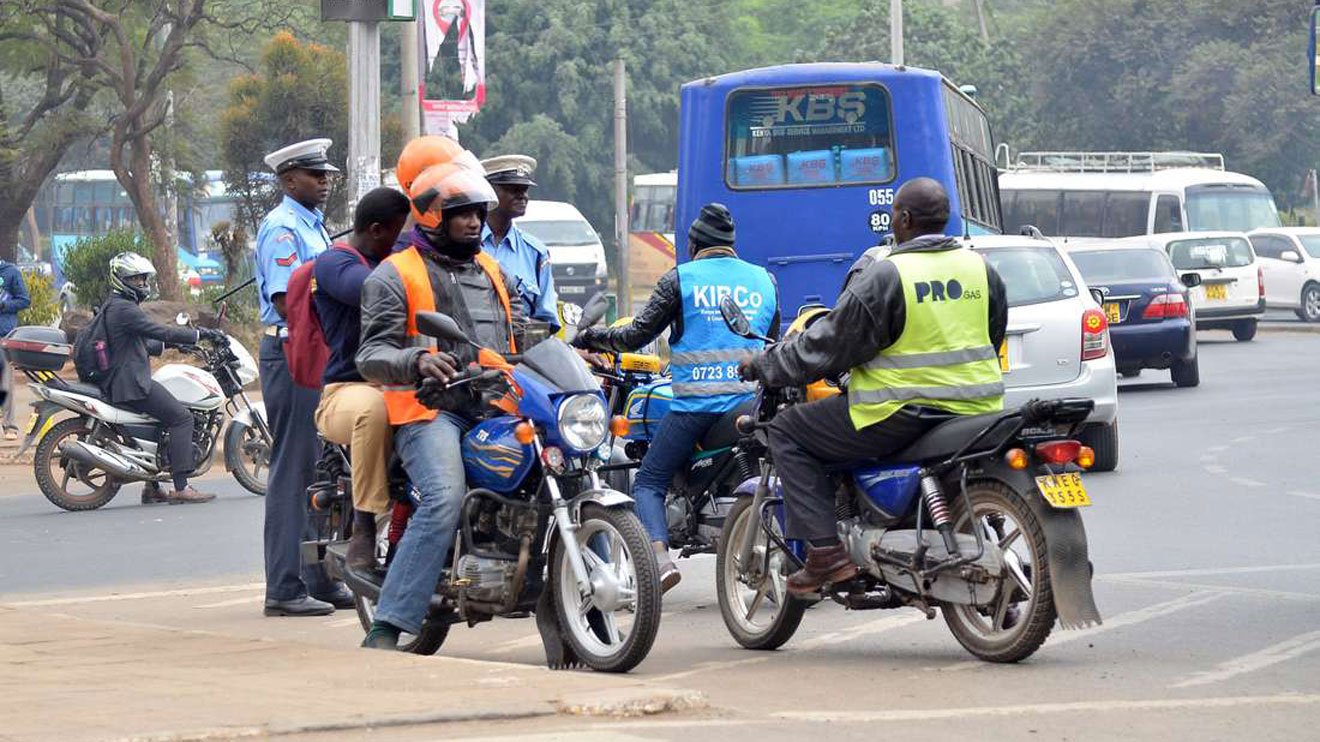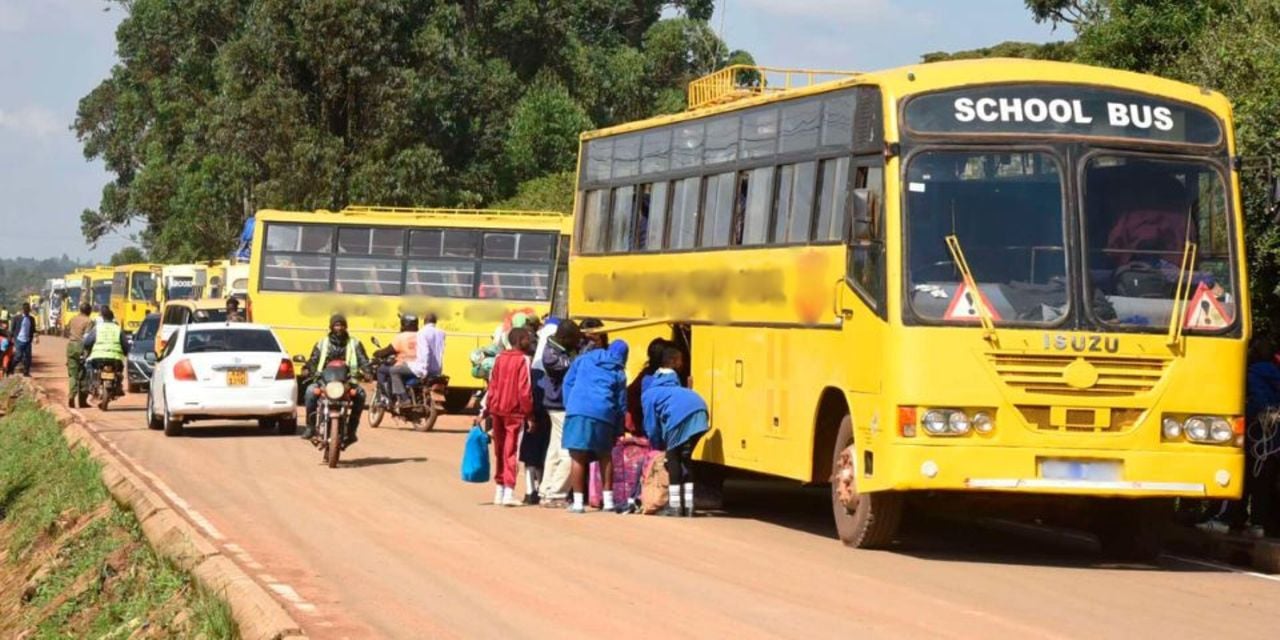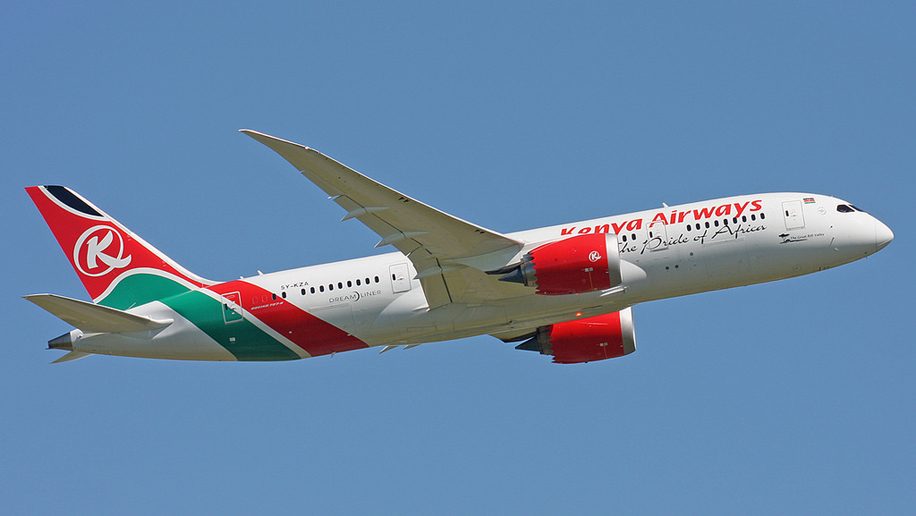The National Transport and Safety Authority (NTSA) has unveiled a series of measures aimed at improving the safety of school children during their daily commute.
These initiatives, part of the Draft Traffic (School Transport) Rules 2025, focus on enhancing security during critical pick-up and drop-off hours.
Vehicle Attendants for Enhanced Safety
A key measure introduced by NTSA is the requirement for vehicle attendants on school transport vehicles.
These attendants will ensure that children are safely boarded and secured during transit, as well as assist in safe alighting at their destinations.
Crossing Guards at School Entry Points
To further bolster safety, NTSA has proposed the deployment of crossing guards. These guards will be stationed at school entry and exit points, as well as pedestrian crossings, to manage traffic flow and allow children to cross roads safely.
Their presence is expected to minimize the risk posed by speeding vehicles near schools.
The “Stop Signal Arm” for School Buses
Another critical feature highlighted in the safety measures is the “Stop signal arm.” This device extends from the side of a school bus when it halts to load or unload students.
It signals other motorists to stop, ensuring children can board or disembark safely without interference from passing vehicles.
Safety Rules from 2024 Now Reinforced
NTSA is building on earlier proposals made in 2024, which included mandatory safety belts in school buses for elementary school children.
The rules also required the installation of at least one standard fire extinguisher onboard and dual red light indicators on the front and rear uppermost parts of school vehicles.
The buses must also display printed warnings at the rear, such as “School Bus” and “Do not pass when red lights are flashing,” written in block letters at least eight inches high and in black color.

Ensuring Safe and Secure Transit for Learners
These new measures underscore NTSA’s commitment to addressing growing concerns around the safety of school children.
By combining vehicle attendants, crossing guards, and enhanced safety equipment, the organization aims to create a safer environment for learners during their daily commutes.
The draft rules are set to undergo further discussions and consultations before implementation, ensuring they meet the needs of all stakeholders in school transportation.




